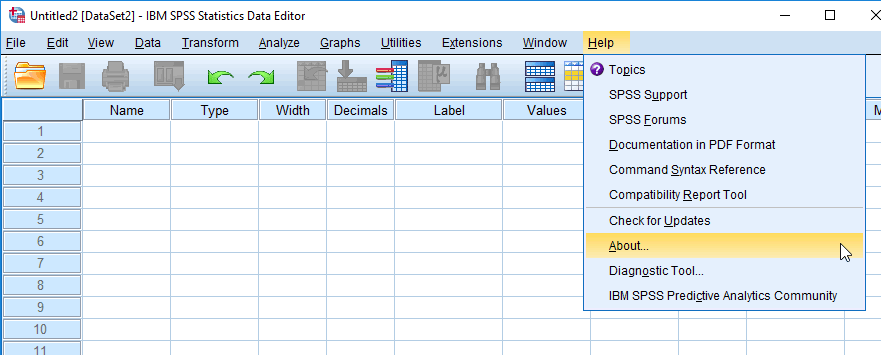

Independence – the errors associated with one observation are not correlated with the errors of any other observation.Normality – the errors should be normally distributed – normality is necessary for the b-coefficient tests to be valid (especially for small samples), estimation of the coefficients only requires that the errors be identically and independently distributed.Homogeneity of variance (homoscedasticity) – the error variance should be constant.Linearity – the relationships between the predictors and the outcome variable should be linear.In particular, we will consider the following assumptions. Since we have 400 schools, we will have 400 residuals or deviations from the predicted line.Īssumptions in linear regression are based mostly on predicted values and residuals. In this particular case we plotting api00 with enroll. Predicted values are points that fall on the predicted line for a given point on the x-axis. The residual is the vertical distance (or deviation) from the observation to the predicted regression line. The observations are represented by the circular dots, and the best fit or predicted regression line is represented by the diagonal solid line. Let’s take a look a what a residual and predicted value are visually: Which says that the residuals are normally distributed with a mean centered around zero.

Recall that the regression equation (for simple linear regression) is:Īdditionally, we make the assumption that
How to use spss statistics how to#
This lesson will discuss how to check whether your data meet the assumptions of linear regression. Standard errors (e.g., you can get a significant effect when in fact there is none, or vice versa). In a similar vein, failing to check for assumptions of linear regression can bias your estimated coefficients and Without verifying that your data has been entered correctly and checking for plausible values, your coefficients may be misleading. In our last lesson, we learned how to first examine the distribution of variables before doing simple and multiple linear regressions with SPSS. 2.1 Tests on Nonlinearity and Nonconstant Error of Variance.


 0 kommentar(er)
0 kommentar(er)
